In 1977, producer Graham Williams was given the unenviable task of reshaping Doctor Who into something less controversial, whilst maintaining its reputation as an action-packed SF series.
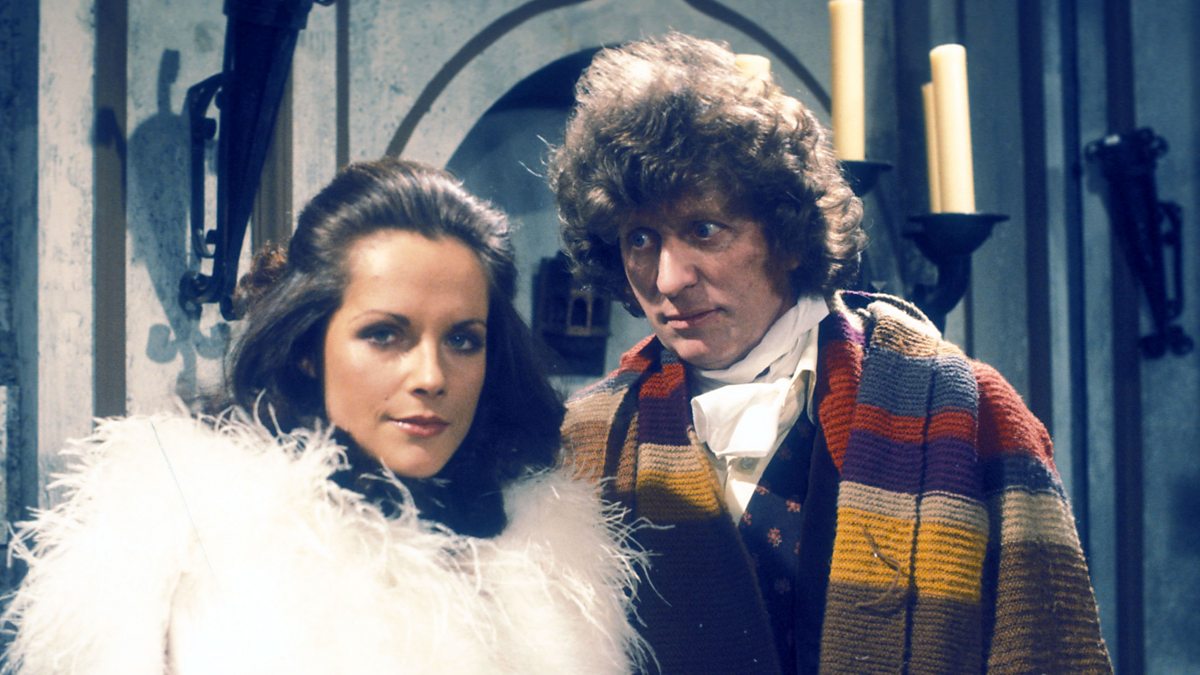
Doctor Who had proven immensely successful during the Philip Hinchcliffe era of the mid 70s, but its boom in popularity had come at a price – namely unsavoury headlines, most of which involved the activist Mary Whitehouse who had a vocal distaste for the level of horror and violence in the series.
And so when the new producer Graham Williams took over the helm in 1977, he was charged with softening the programme’s tone. But this was no easy task, particularly as the more controversial Philip Hinchcliffe era had been so popular with viewers, with figures often exceeding 10 million. At the same time, Graham Williams recognised the comic potential in the show’s leading actor Tom Baker, and indeed in the show itself; Doctor Who had often experimented with comedy in its early days with such stories as ‘The Romans’ and ‘The Gunfighters.’
That is not to say that Graham Williams and his team set out to produce a fully-fledged sitcom, but he was keen to inject more humour into the proceedings. And his hiring of Douglas Adams as the show’s script editor was integral to his plan, and this may have been one of the canniest hirings in Doctor Who history as Douglas Adams was about to find worldwide fame as the creator of The Hitchhiker’s Guide to the Galaxy.
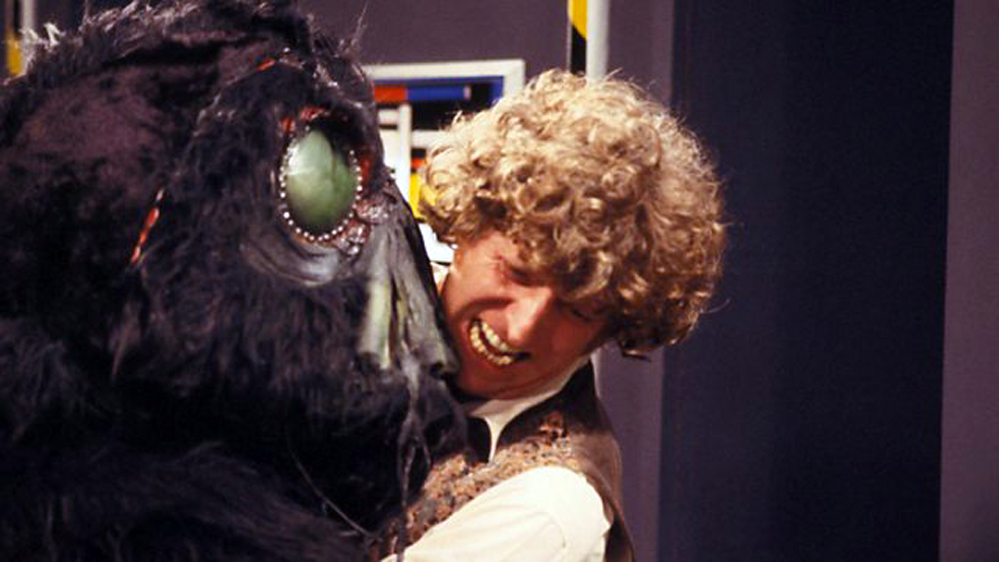
Certainly, Douglas Adams brought a high level of humour to this era of Doctor Who, and its effectiveness (and indeed appropriateness) continues to polarise fans to this day. But one thing Douglas Adams always maintained was that, if comedy was to be performed correctly, it had to be taken seriously. He was often frustrated with actors who, on detecting humour in his scripts, would resort to doing “funny walks” or “silly voices.”
And as divisive as some of Adams’ writing was, one of his stories (‘City of Death‘) is often cited as an all-time fan favourite, as is his famously unfinished serial ‘Shada.’
Equally, there are some moments from the Graham Williams era that continue to cause unrest. One such example is Romana’s regeneration scene in ‘Destiny of the Daleks.’ On the one hand, this moment can be applauded as a piece of comedic innovation, with the regenerating Romana cycling through a range of ridiculous bodies before settling on one that takes her fancy. Conversely, some fans have questioned what such a scene means for the Doctor Who canon if a Time Lord only has 13 lives. Did Romana use up half of them for comic effect?
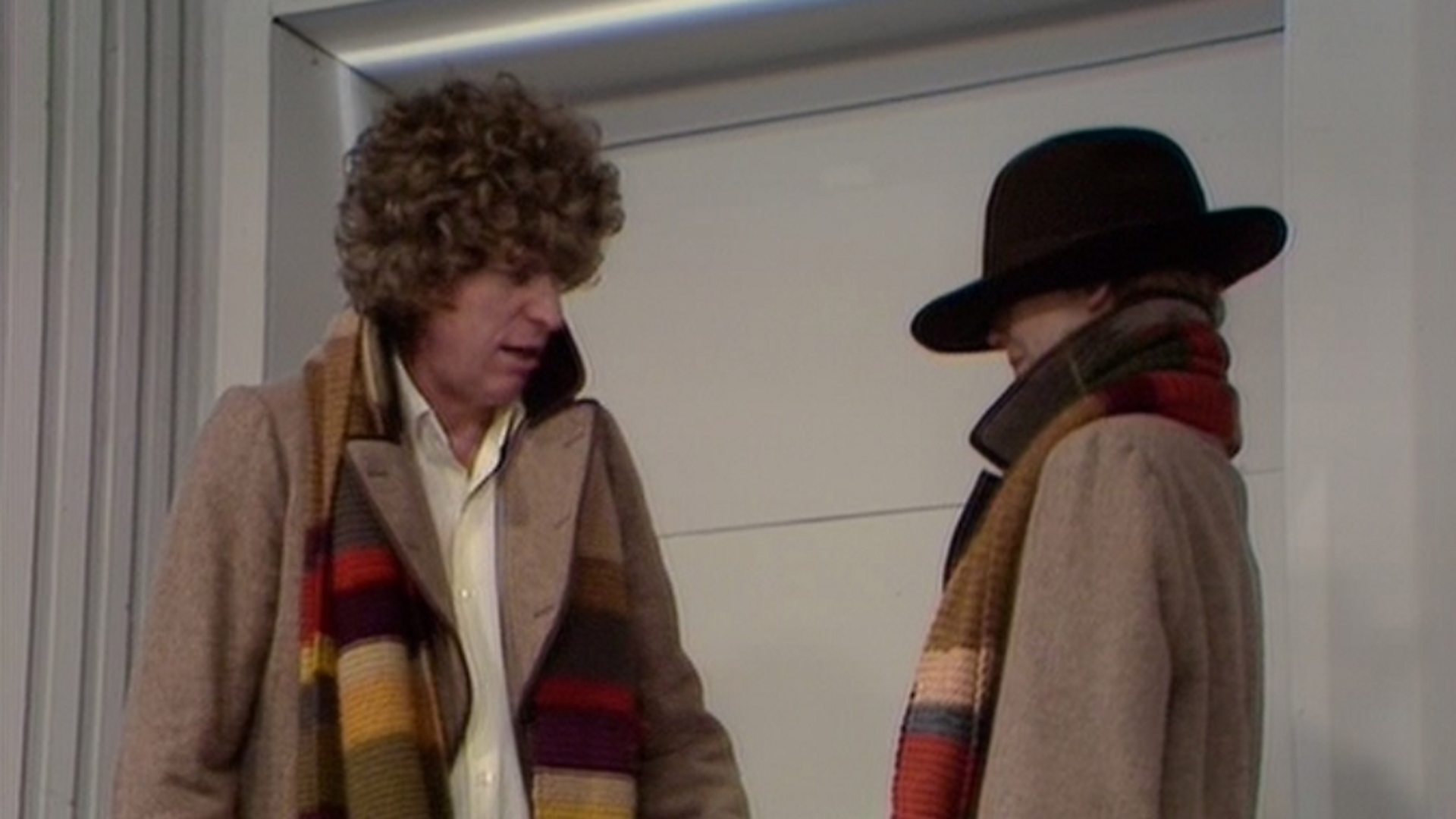
Whatever your opinion, this moment does highlight another clever piece of creativity on Graham Williams’ part – that of having another Time Lord in the TARDIS as the Doctor’s companion, which had never been done before (unless you count Susan.) Certainly, Romana broke the mould when it came to Doctor Who companions and proved herself to be the Doctor’s equal in every sense and, at times, his intellectual superior. This brought a new, more fractious relationship into the storytelling with a companion who was, at times, quite unimpressed with the Doctor, and a million miles from the traditional ‘damsel in distress.’
And then there was K9. Like Romana, this robotic companion was (at times) superior in intelligence to the eponymous Time Lord, with a laser gun to boot. And interestingly, K9 was not introduced as a Doctor Who companion, but as a side character in the Bob Baker and Dave Martin story ‘The Invisible Enemy.’ But Graham Williams took a shining to the lovable pooch and decided to make him a regular, recognising the appeal that such a character would have with the younger viewers.
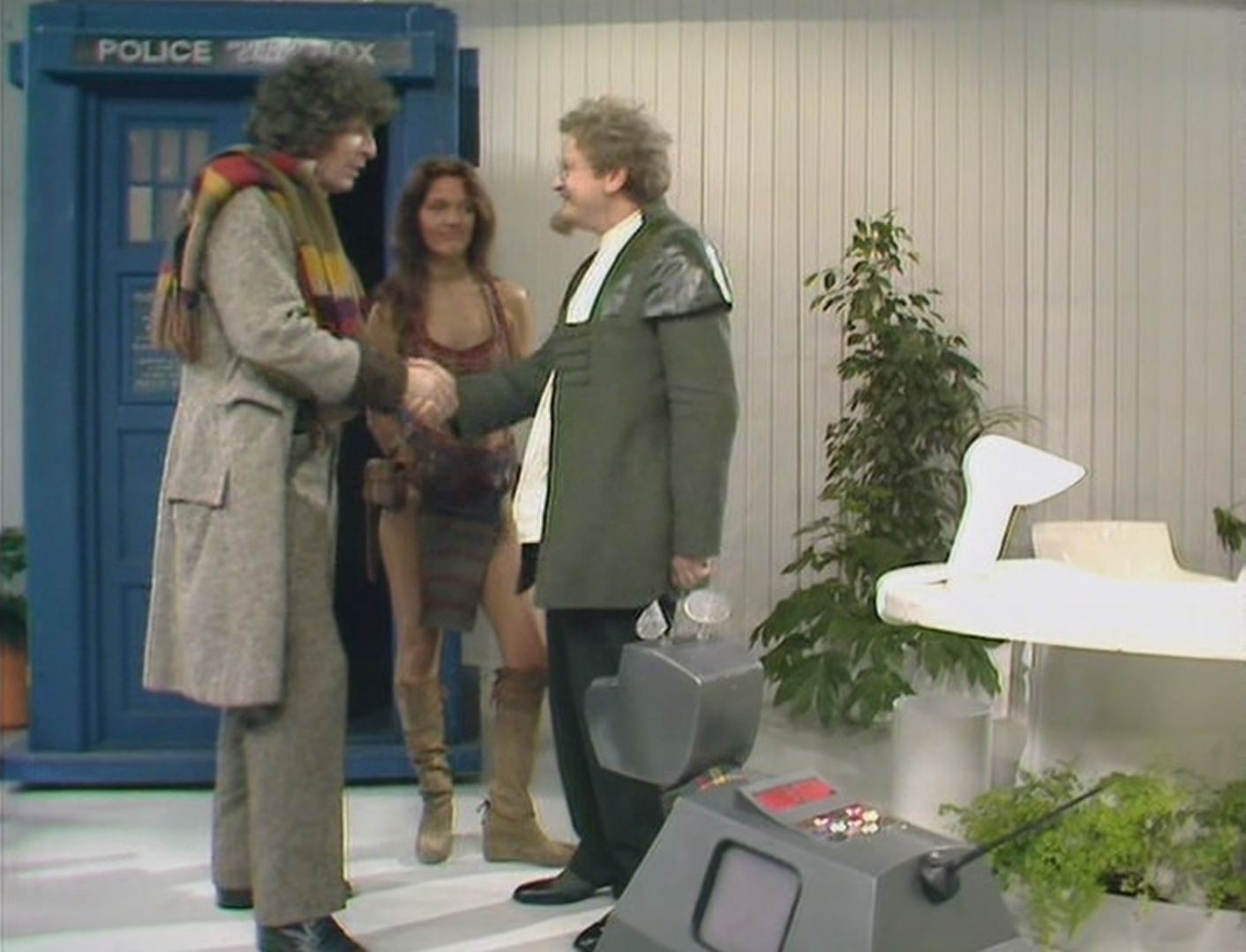
But again, the introduction of K9 was not popular with everyone – even the production team. The K9 prop was prone to malfunctioning and often slowed things down in the studio, to the extent that stories were rewritten to accommodate his short-comings. In ‘The Creature from the Pit,’ for example, K9 spends much of the story being carried under Romana’s arm, whilst in ‘City of Death’ he is constrained to the TARDIS and is never actually seen.
It is worth remembering, though, that Graham Williams’ decision to introduce K9 is one of the most important in the series’ history. As polarising as the character was – and as difficult as he could be to work with – he’s a companion who remains popular to this day, having appeared in two of his own spin-off shows, plus the modern version of Doctor Who and The Sarah Jane Adventures. Moreover, plans are afoot for a big budget movie titled K9: TimeQuake which will see the famous dog fighting against the Time Lord’s old enemy Omega.
K9, therefore, was an incredibly strong character when used effectively – and when not malfunctioning. He shines particularly in the Key to Time season which, again, represented another canny piece of creativity on Graham Williams’ part – that of having a whole season linked by a single story. All of the adventures in Doctor Who Season 16 chronicle the Doctor and Romana’s quest to locate and reunite the six pieces to the aforementioned Key to Time in order to stop them from falling into the hands of the fearsome Black Guardian.
And as restrictive as this idea might sound, it actually works well. Each of the stories in the Key to Time season can be enjoyed on their own merits, and none of them require viewer knowledge of previous serials to be understood. Moreover, the overarching quest through time and space makes Doctor Who Season 16 seem all-the-more epic in scale, and it’s an idea that was revisited in future series with John Nathan-Turner’s E-Space Trilogy in 1981 and the Black Guardian Trilogy in 1983, plus the 14 part ‘Trial of a Time Lord’ in 1986. The concept of the linked season was even revisited as recently as 2021 with Chris Chibnall’s Doctor Who: Flux.
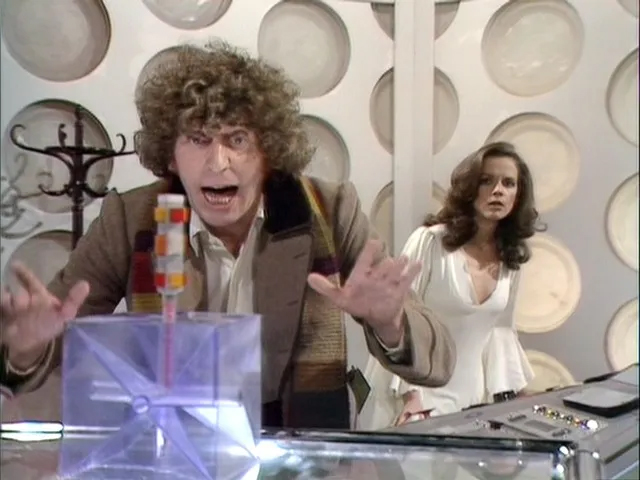
Is that to say that all of Graham Williams’ creative decisions were universally loved? No, but they did inspire the future generations of Doctor Who. Undoubtedly, Graham Williams was handed a hit show on a plate when he took over as producer in 1977, but it was a hot plate with a crack in the middle and there were no guarantees that the audience would stick around. The show’s enduring popularity owes a lot to the innovations he made during his three year tenure.
What do you enjoy most about the Graham Williams era? And which is your favourite story? Let me know in the comments below.









If you are looking for a quite meme or quote to share with a non-Doctor Who friend, chances are that it will come from the Graham Williams era – it is just that accessible to the general public!
I wonder if the Romana regeneration scene was also a throwback to Tom Baker’s first story when he kept appearing from the Tardis in different costumes before settling on the well known baggy pants, maroon jacket and floppy hat.
All of it. Whatever the weakness of some stories…I liked it all. JNT’s time had some good stories but……
I love the Graham Williams era! I’d say Season 17 is my favourite Tom Baker season, the tone is spot on – 4th Doctor, Romana II and K-9 having adventures in time & space…with Douglas Adams injecting his witty scifi into the mix.
Regarding the Romana Regeneration scene, I like to think that because her Regeneration was still within the first 24hrs,she was able to make a random choice also because she had chosen herself to Regenerate and not a fatality to her life, so she had enough Residual Energy from the Regeneration to perform the multiple choices of different appearances.
Plus David Tennants Doctors hand was chopped off when sword fighting the Sycorax, he had enough Regeneration Energy to grow a new hand, if he had chosen to Regenerate rather than wait for life threatening injuries he could of (if wanted) change his appearance as well.
I believe that the Regeneration can be used on life threatening injuries or you decide to change on your own decision using 1 of your Regeneration and with the extra Residual energy choose a body, but is still random.